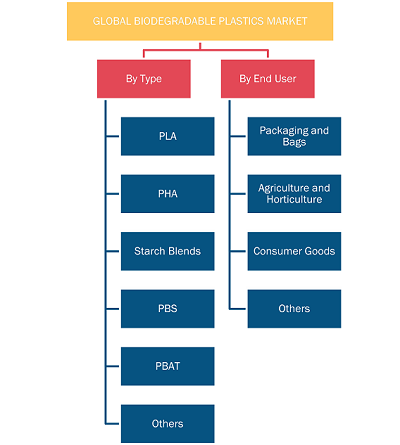Biodegradable Plastics Market Size and Global Growth Analysis by 2028
Biodegradable plastics can be degraded by microbial activity in the environment by entering the microbial food chain. These plastics are developed from polylactic acid, polyhydroxyalkanoates, starch blends, polybutylene succinate, etc. The bio-plastics or biodegradable plastics are engineered to minimize the environmental pollution, lowering manufacturing energy consumption and reduce landfill issues.
The customers in developed and developing countries have more awareness of the ill effects of conventional plastics on their lifestyle and the environment. As a result, they demand more environmentally friendly products, which leads to a depreciation in the use of crude oil and natural gas, that results in the reduction carbon footprints. Biodegradable plastic is a surrogate for nearly all conventional plastics used in a diverse range of applications. These plastics offer innovative alternatives with enhanced properties, along with distinctive ability to lessen the emissions as well as provide the same qualities and functionalities as that of conventional plastics. The biodegradable plastics are synthesized using renewable resources as well as fossil raw materials, such as cellulose ester, PLA, PHA, starch derivatives, and copolyesters (PBS, PBAT, etc.).
Backlink to be use: https://www.theinsightpartners.....com/reports/biodegr
